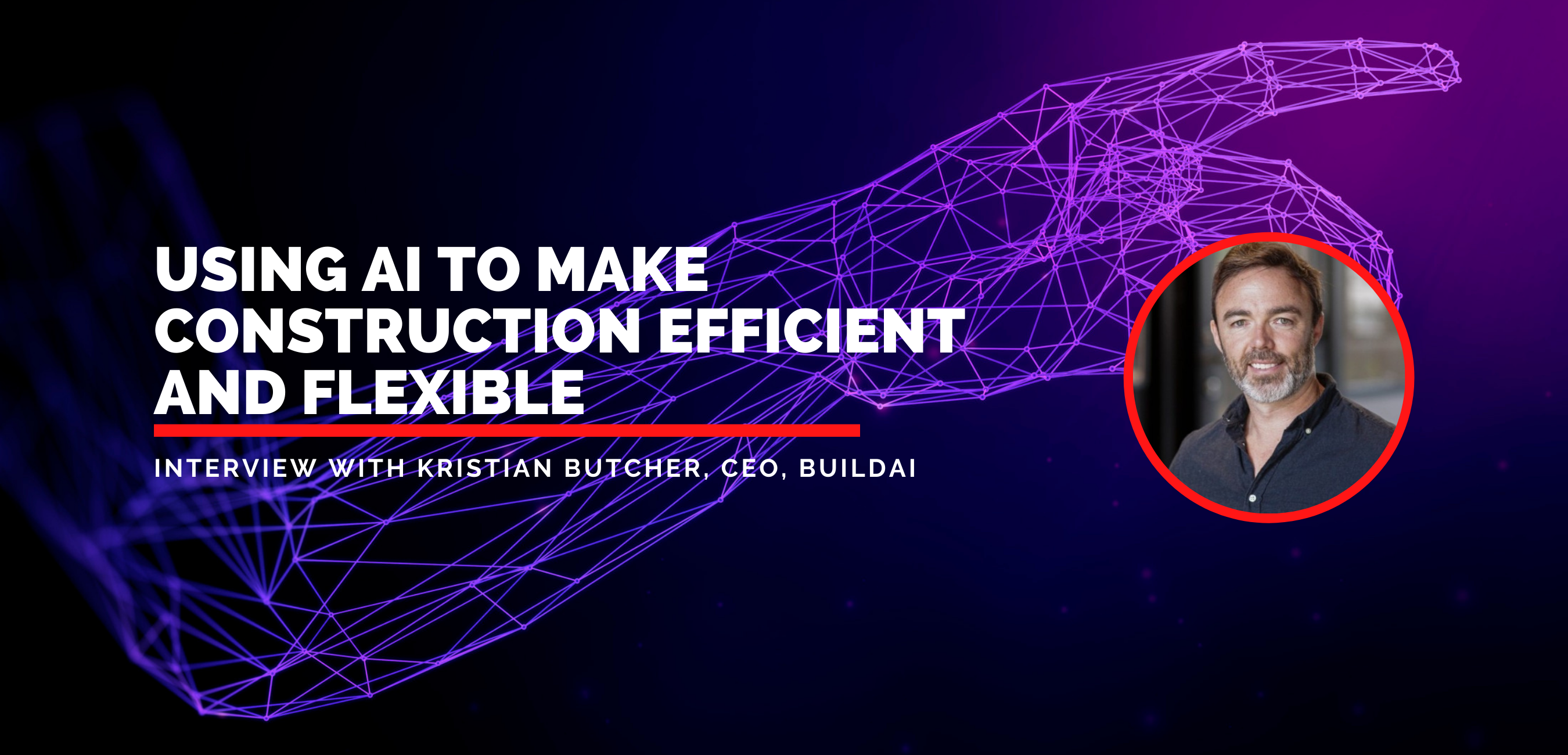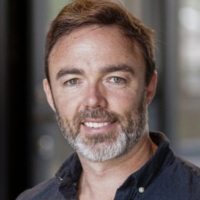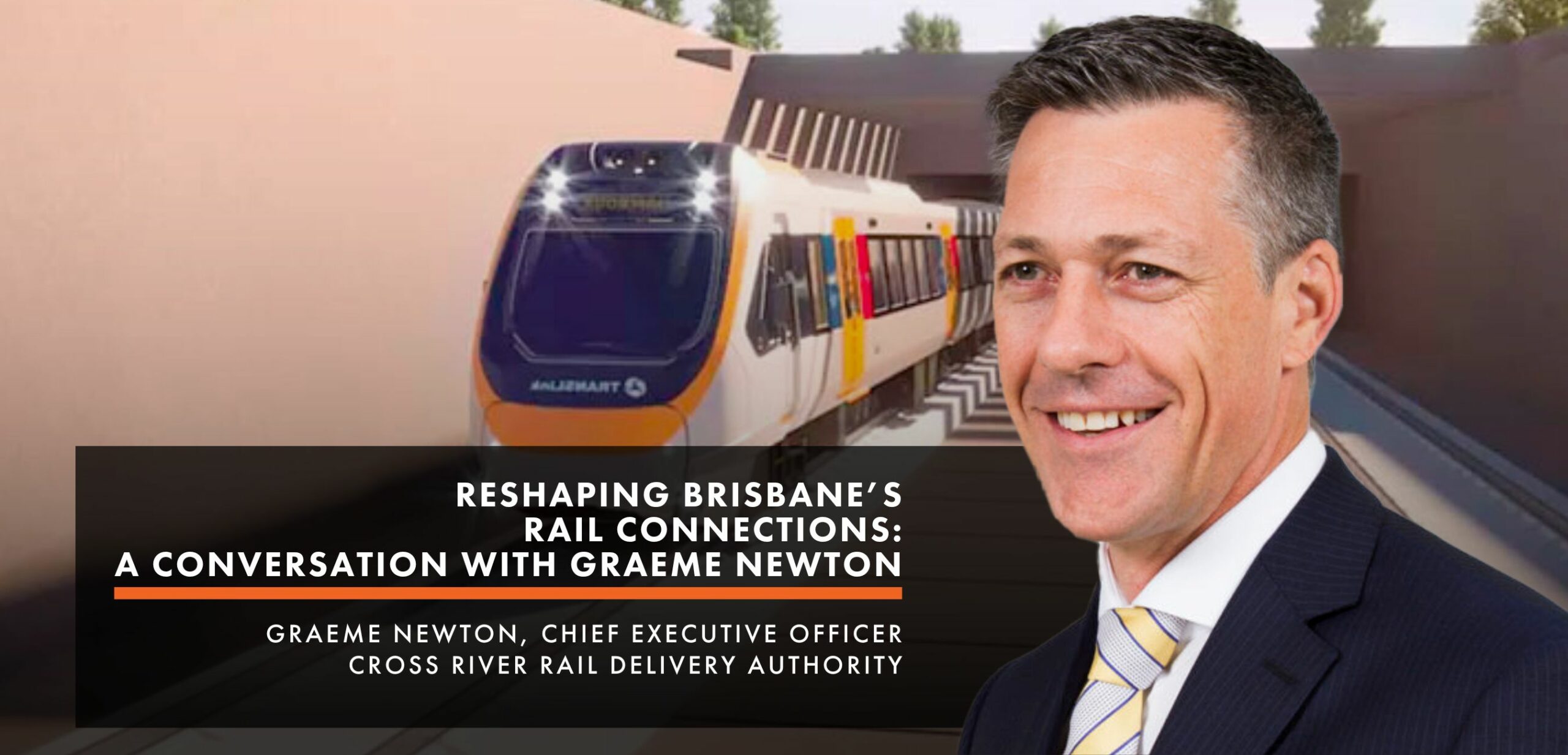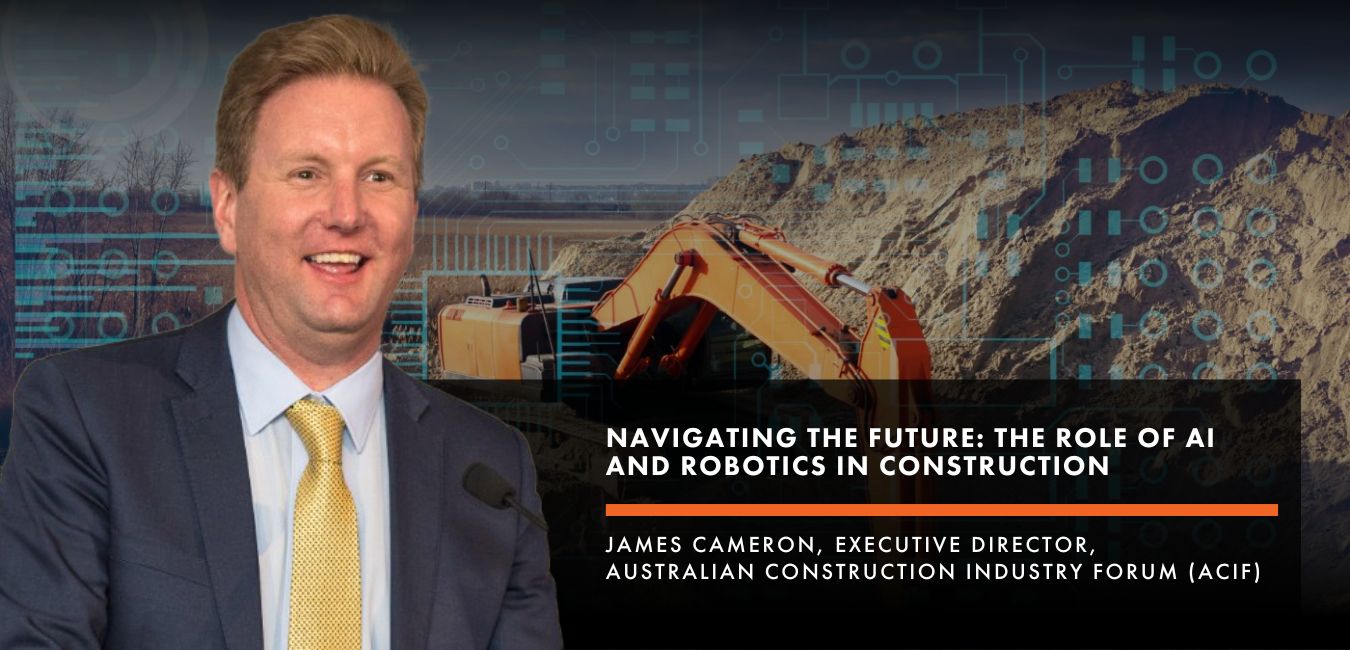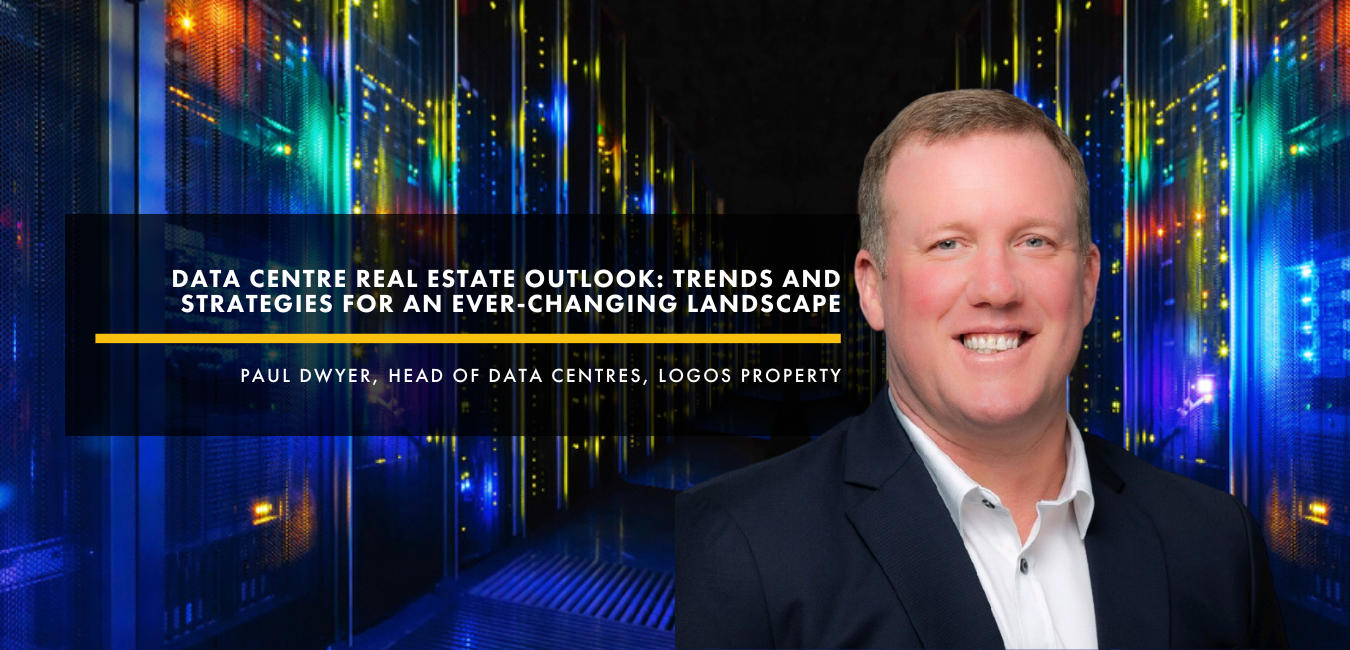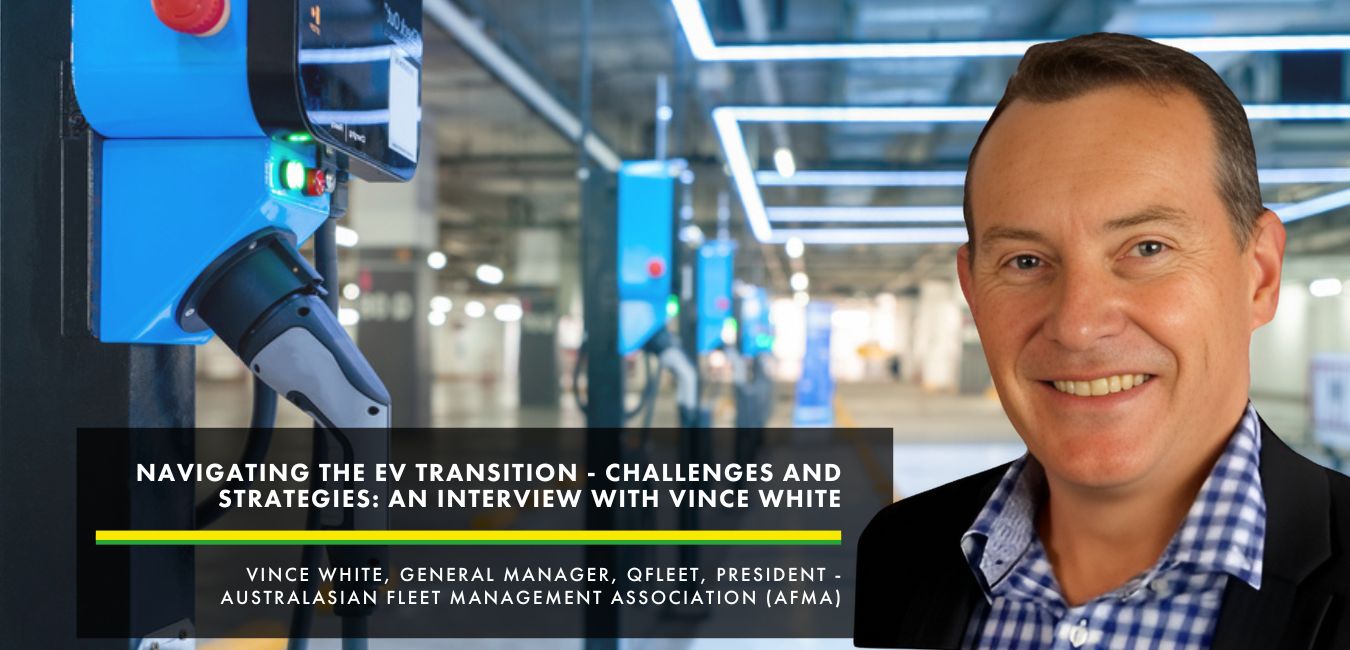Using AI to make construction efficient and flexible.
Kristian Butcher is the CEO of buildAI. buildAI helps monitor construction projects and deliver on time and within budget using advanced AI construction technology. With a background in construction, Kristian knew it was a harsh career choice but it became more clear when he started a family. He and a team of innovators set out to make construction more efficient and flexible and buildAI was born. Our chat dove into construction trends, opportunities, and how software can impact the future of the built world.
FuturePlace: What prompted the creation of buildAI?
Kristian Butcher: Before buildAI, I was in the construction industry and wanted to have the option to spend more time with my family instead of working 7 AM to late at night six days a week. The only way to efficiently run sites, traditionally, is to physically be there and manually observe what’s going on. That’s how construction has been for the last 80 years and it hasn’t changed until recently. We knew how inefficient the processes were and how many opportunities there were to do things dramatically differently; to improve ineffective communication as well as streamline the supply and labor contractors. I had a lot of ideas about how to do it and knew I had to find the right people to make it possible. We put together a business plan and started in early 2019. Now we’ve formed an amazing team of talented computer programmers and AI and machine learning specialists as well as aligned with high-profile strategic investors. The industry is changing and getting in front of the curve is going to put the businesses that invest in technology far in front.
FP: What exactly does buildAI do?
KB: We are a reality capture solution. We use a variety of sensors and set up a system on large-scale construction sites. We automatically sense all of the data. We don’t require anyone to be walking around with cameras or setting up LIDAR stations. Everything is designed to be completely automated and it doesn’t require any kind of labor onsite. It supports the delivery team and the stakeholders by improving communication and streamlining analysis. This also allows the chance to embrace some flexibility. I wanted to be a part of a solution that could actually enable the workforce to have a more balanced career so you can still effectively manage the job while dropping kids at school a couple of times a week. The technology platform can keep an eye on the project for you so you don’t have to be there 60 hours a week. The last two years has accelerated everyone’s awareness that you need to have a capability on construction sites that enables you to continue to operate and manage them even if you’re not able to send the normal number of people there to observe, supervise, record and report.
FP: Have you seen any change in how sites are operated now that they’re reopened?
KB: This has been really interesting. When sites have reopened, we’re seeing a lot of pressure to not return to that old-fashioned model where they get every single worker to show up at 7 in the morning and stand around while they work out what should be happening and who should be where. There’s so much wasted labor time. To me, the new future site will be where workers are connected and they know with plenty of warning when they need to show up, get their work done, and get out of there. That doesn’t mean they get paid any less because they’re still getting through all the normal amount of work but it means their schedules can be flexible.
FP: That sounds like the argument for the hybrid office. Is anyone calling this a hybrid construction environment?
KB: It’s probably the early days of it but it is the reality of what our kind of technology could facilitate; a hybrid culture to construction. At any point in time, there’s only a small handful of trades that need to be progressing to keep the momentum of these large jobs. Because it’s so hard to communicate and to organize people to be there at that specific, ideal moment, they tell everyone to show up at the start of every day. Then everyone is standing there waiting until it’s their time.
FP: Do you think software could solve some of the labor issues in construction?
KB: There is definitely a labor shortage and a skilled labor shortage. When you can connect sites to a central information platform that allows you to optimize when the labor needs to be there or doesn’t need to be there, then you can start solving and addressing labor shortages. You will no longer be tying down labor when it doesn’t need to be on site. The opportunity to do more jobs with the same number of people exists when you have an intelligent system that can optimize where they’re allocated. When they don’t need to be there, they can be on a different project. There’s a lot of potential safety and quality compliance challenges that, unless you have really well-skilled people, you can compromise how safe something is and what level of quality they’re producing because they haven’t had that experience. With technology that can be there, you can raise that minimum standard by automating some of these controls.
FP: What kind of projects can this help?
KB: Our projects on average have jobs where there is about a $300,000 cost per day for delays. The typical cycle of a project runs between five and seven days and, generally, there’s at least one day every cycle where they’re an opportunity to improve on due to miscommunication, mismanagement of supplies and deliveries, or labor allocations that aren’t optimized. In an application where there might be a 50-story high-rise tower, setting up to support that team and saving a day per cycle can add up to huge savings and huge efficiency. In terms of efficiency, the average builder who may only have enough skilled workers to deliver one high-rise tower can do two jobs with the same crew size, with improved safety and quality standard.
FP: Why did it take so long for this to come along?
KB: There are three key pieces. One is the hardware advancement of data capturing devices; you need high quality cameras, sensors, LIDAR. It’s only been recent that this equipment has been high enough quality to deliver 4k, for example. Unless you have 4K level of data quality, you can’t train a machine to know what it’s looking at. The second point is that now we have machine learning and AI capable of analyzing that information. A question thrown around in construction is why don’t we just be like the manufacturing industry where we automate everything. The biggest reason why we can’t is because a construction site is not a controlled environment. In a factory, you can set up an automated process but something happens every hour on a construction site that changes the environment. Without AI, you can’t sense what that change is and respond accordingly. The third point is that cloud computing is relatively new. All of the systems we’re talking about generate huge volumes of data and, without the cloud, we didn’t have an efficient way to push all the information to a place, analyze, process, and then push it to everyone’s devices to make a useable system.
FP: Looking forward, what are some trends that AI can empower in construction?
KB: The real time status of a project will be digitally represented. If any stakeholder or project participant has questions, the new normal will be they go to a portal. The portal will show a livestream of how the site is. It will be the single source of truth, achieved via an accessible platform where no more smoke and mirrors can exist.
As for the future of construction, there are a few different ways I can see people embracing or achieving our goals. One scenario is large contractors deciding they’re going to stop being a builder and start being a software developer. They’ll try to run a team of software developers to create something new and I’ve seen many examples where that doesn’t work. Builders should stick to what they’re good at and let the amazing startups in the community invent amazing solutions that builders can then use. There is so much to go for for startups in this huge, backwards industry but if they focus on what they’re best at and do it in an open way, it can benefit the industry the most. We could collaborate together and lots of little startups can contribute to a common platform. We could do it in a way that speaks in a big open-sourced environment. That’s where the optimal solution is in the future.
PropTech NEXT Summit
Kristian will be speaking at our PropTech NEXT Summit, taking place on 8-9 December 2021. Proptech NEXT is the most important regional event dedicated to built world innovation, technology, funding and matchmaking. Whether you are involved with office, industrial, construction, retail or residential… the Proptech Next Summit has got you covered.

